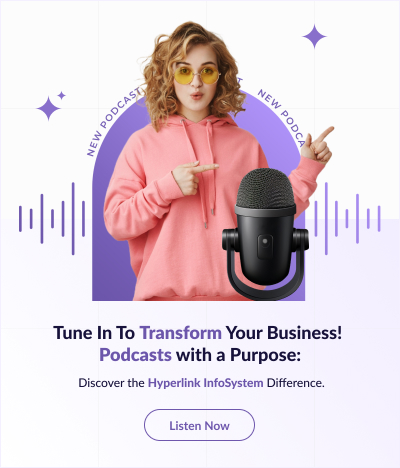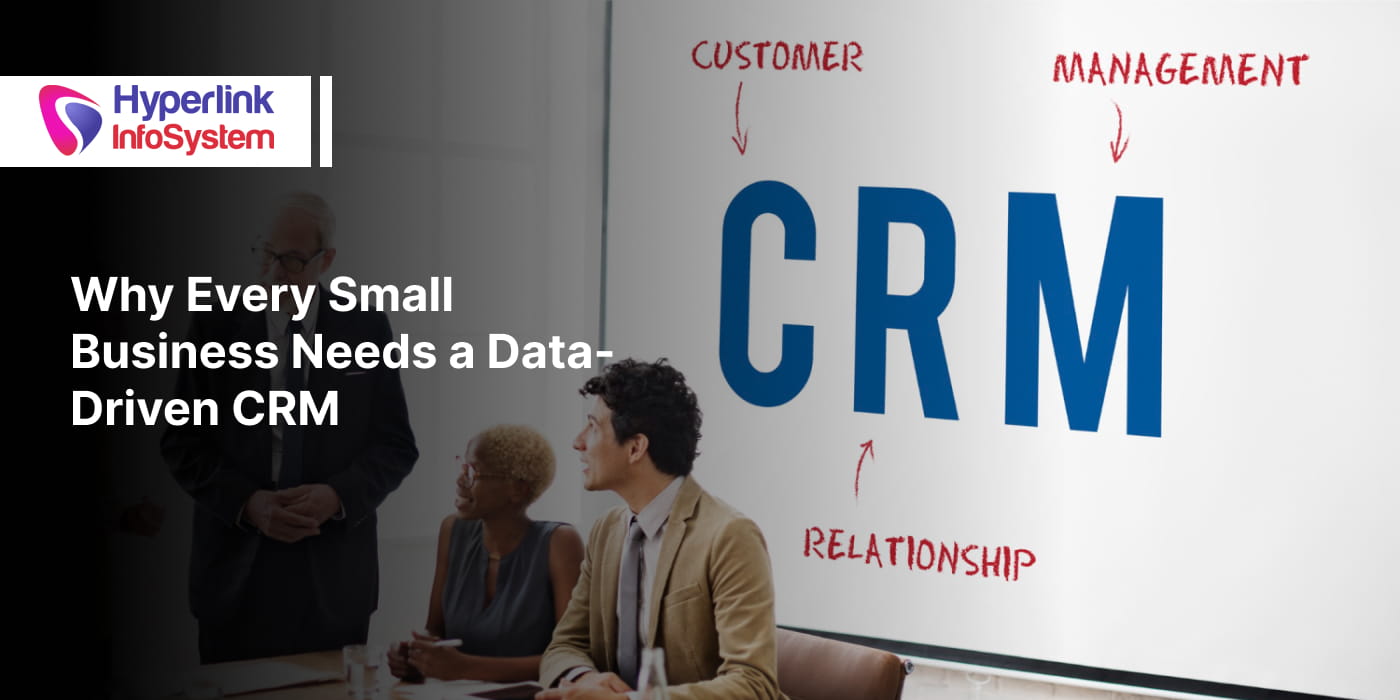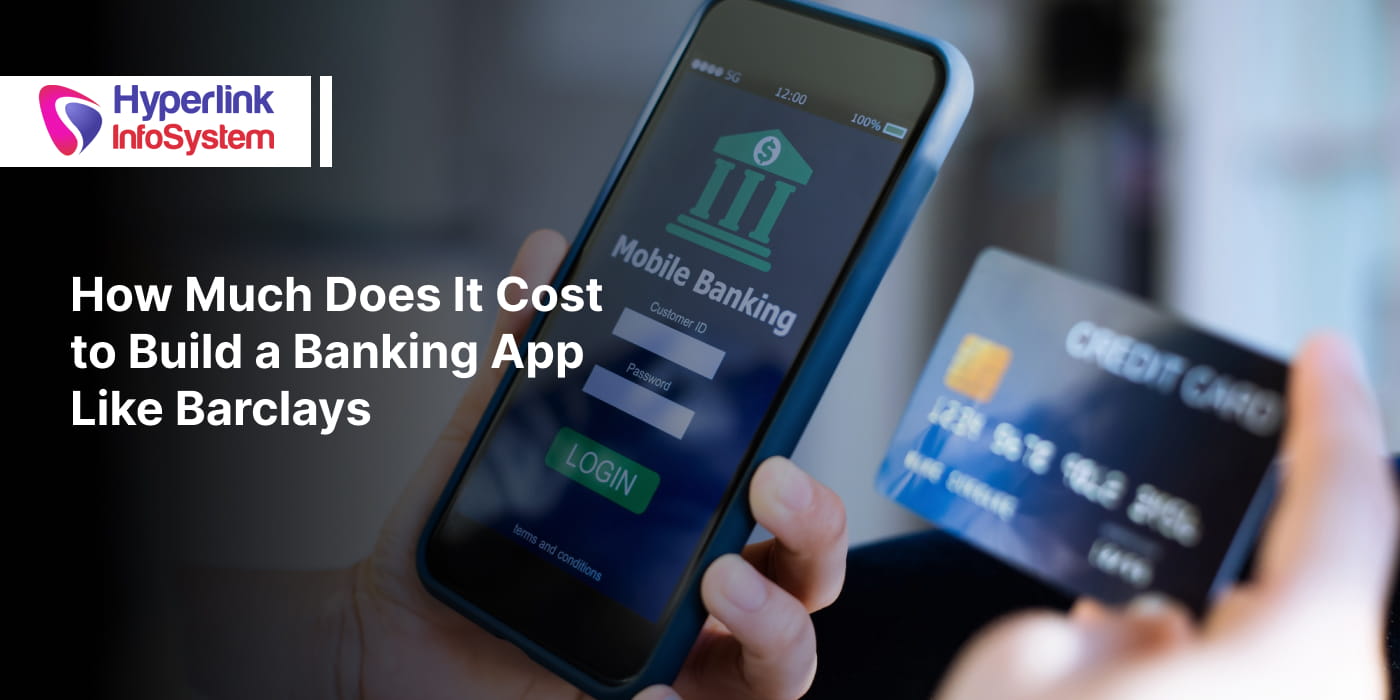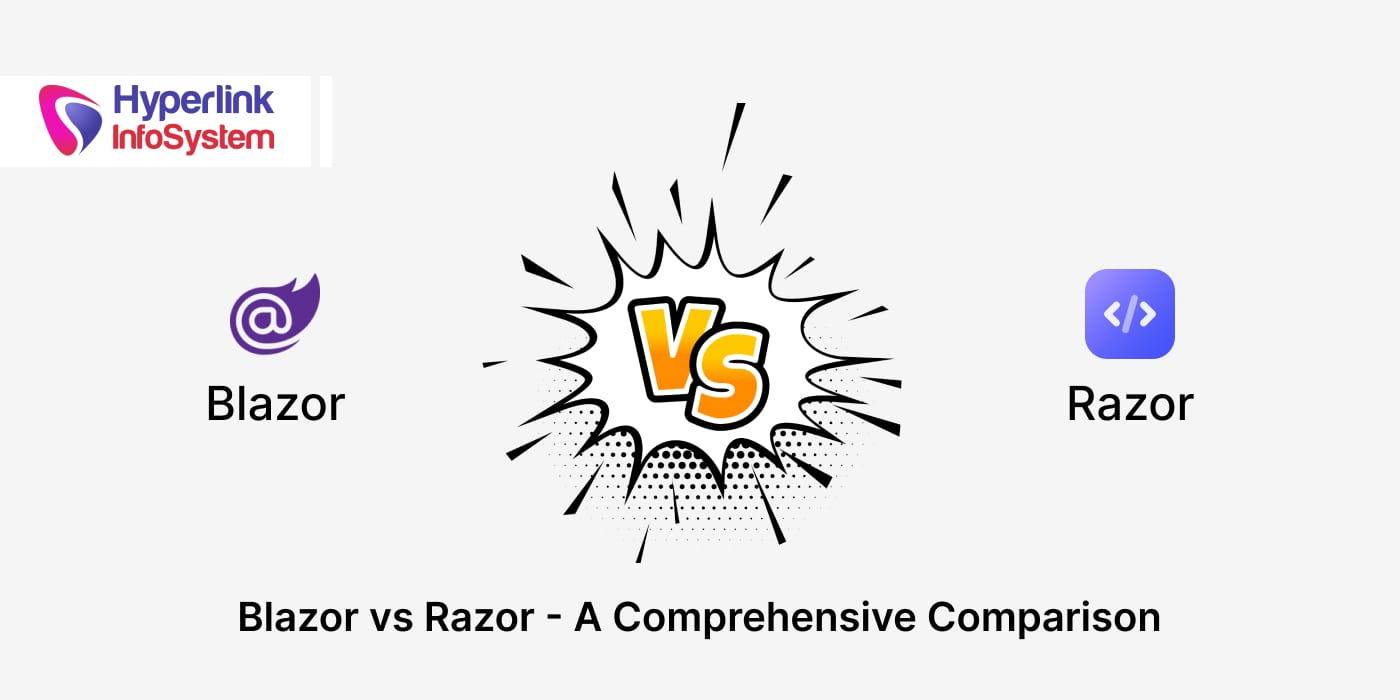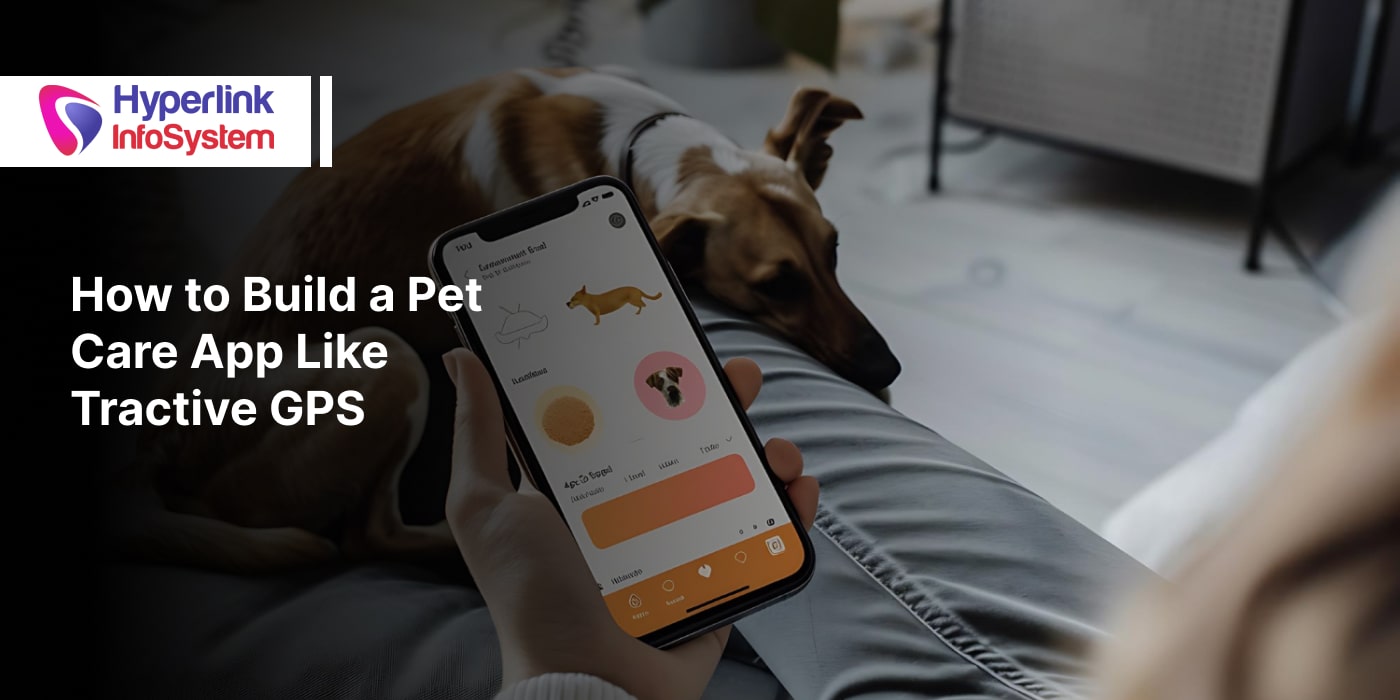The Stages Of Design: On-Demand Cargo Delivery Applications
Mar 2017
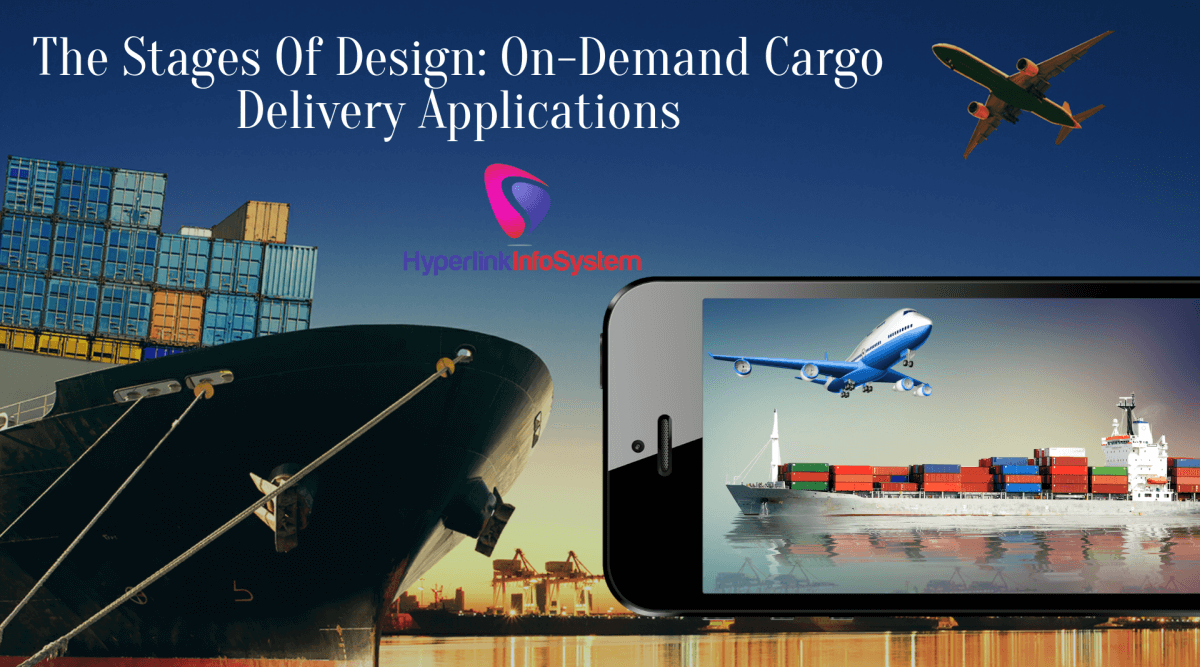
Among the different Uber-like startups that sprang up within a few years, cargo delivery applications assume a substantial percentage of the market. The apps work as platforms which connect the clients with service providers.
Even though on-demand delivery applications and Uber-like apps may not appear similar but they have so much in common. The article will focus on what distinguishes these two kinds of apps, as well as the stages app developers, go through in designing the on-demand cargo delivery application.
1. Decide on components and main screens for the delivery app
A lot of cargo delivery apps have some screens as well as screen components that can be found on all apps of this category. It can be tough to decide where to pay attention to. The options have been narrowed down to the 6 most essential components, and they include;
• List of Orders
• Delivery Card
• Delivery Details
• Delivery Dashboard
• Quotes
• Active Deliveries
These 6 components are enough to get it started.
How does the Uber-like design compare to the cargo delivery app design?
It is clear that cargo delivery apps need a higher number of screen components and screens, as well as more intricate interactions among them.
The delivery card is one component that app developers from top app development companies have to pay attention to. Poor delivery card design can seriously damage the app’s overall user experience. Things to remember during delivery card design:
• Users find it quite convenient when their orders can be seen in two ways: in a card form that contains an essential information, as well as on a separate screen with full, detailed information.
• As you design a delivery card you have to consider the following:
- The level of detail.
- The order in which the information is presented.
- How your delivery card interacts with all other app screens.
• Remember that the card content will change to show the particular stage of the order.
2. Design navigation for different user roles
All cargo delivery apps are used in different ways. A driver may use the application on the go, and on a mobile device; the client may place an order using their desktop, and follow its progress with a mobile device.
Android app development companies can cater to these needs by defining their user roles. The 3 most common user roles are:
Transportation Provider – a driver who accepts all orders and delivers it to its destination.
Client – clients may be companies or individuals.
Dispatcher – In some apps, the dispatcher’s role is absent, and drivers can accept orders directly.
The clients and transportation providers will probably use the apps on the move. Therefore, their primary devices will be mobile phones (or tablets). Here are some recommendations for building navigation in cargo delivery applications:
• Make main features of the app easily accessible with a single click.
• Use swipe gestures, because it is faster than traditional buttons.
• Ensure that the tab bar does not contain more than 3 or 4 elements.
• Place secondary features under a “More” button.
3. Picking the location and size of screen elements
You can make use of heat maps to select the size as well as the location of design elements. These show areas of the screen that are easily accessible.
4. Design for both daytime and nighttime use
Use alternate color schemes which are activated automatically by the present level of ambient light. Alternate color schemes will make the delivery app good for all eyes.
5. Build order status tracking
A delivery dashboard is recommended to allow clients to track their orders.
Latest Blogs
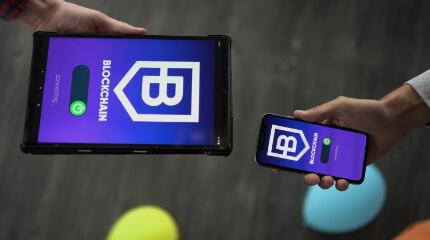
Is BlockChain Technology Worth The H ...
Unfolds The Revolutionary & Versatility Of Blockchain Technology ...


IoT Technology - A Future In Making ...
Everything You Need To Know About IoT Technology ...

Feel Free to Contact Us!
We would be happy to hear from you, please fill in the form below or mail us your requirements on info@hyperlinkinfosystem.com
Hyperlink InfoSystem Bring Transformation For Global Businesses
Starting from listening to your business problems to delivering accurate solutions; we make sure to follow industry-specific standards and combine them with our technical knowledge, development expertise, and extensive research.
4500+
Apps Developed
1200+
Developers
2200+
Websites Designed
140+
Games Developed
120+
AI & IoT Solutions
2700+
Happy Clients
120+
Salesforce Solutions

40+
Data Science










